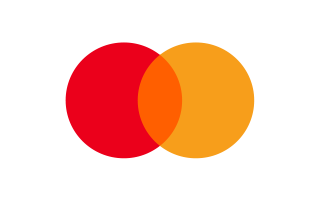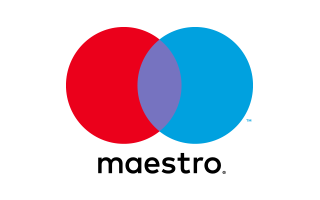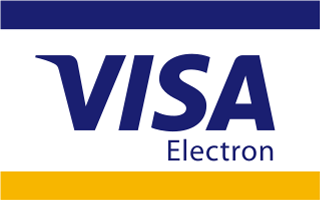Things To Know Before Sewing Extensions On Afro Hair
Different from other races, most black women have tight curly hair. This hair type is typically weak and prone to breakage when growing longer. That's also why most black women tend to have short hair. Thus, weaves, wigs and extensions are all options for those African American women to experiment with longer and more functional styles.
With sew-in hair extensions, the natural hair is well protected and your charm is unlimited. Because they allow numerous hairstyles, colors, and lengths for you to experience!

What is afro-textured hair?
Afro-textured hair is a hair texture of Africa. This hair type is also known as kinky hair or coiled hair. Afro-textured hair grows upwards in a very tiny and tight "o"-shaped, "s"-shaped, or sometimes "z"-shaped in the hair shaft. It looks very fluffy, and thick but is also more fragile and prone to breakage than Caucasian or Asian hair. That's one reason why most black women tend to have short hair.
And this situation also carries forward various options for black men to rock their hair, sew-in weaves are the most traditional and popular among them. Moreover, sewing hair on Afro hair requires more TLC and extra maintenance. We're going to talk about this later in this post.

What are sew-in hair extensions?
It's a popular extension method to add length and volume to natural hair. Sew-in hair extensions are the process to braid natural hair into cornrows and sew hair weave into the braids.
Do sew-in hair extensions damage natural hair?
Sew-in hair never damages your hair. But improper installation and maintenance can lead to breakage. Here are some tips to minimize breakage:
Tip 1: Ensure the sew-in process is done on a clean and healthy basis. Shampoo and condition your hair before you dive into the sewing process.
Tip 2: Braid your natural hair into flat cornrows but not too tight.
Tip 3: Massage a small amount of natural coconut oil onto your scalp and braids before sewing hair extensions.
Tip 4: Sewing on a weave cap can help to minimize friction and avoid tangles.
Tip 5: Avoid adding too many hair weaves on your head or it might bring extra tension to your scalp.
Tip 6: If you feel an unbearable itch or have a lot of hair falling out daily, you should remove the sew-in hair.
Tip 7: Never let the sew-in weaves last on your hair for longer than 12 weeks.
Tip 8: Let installation and removal be done by a certified stylist instead of DIY at home.
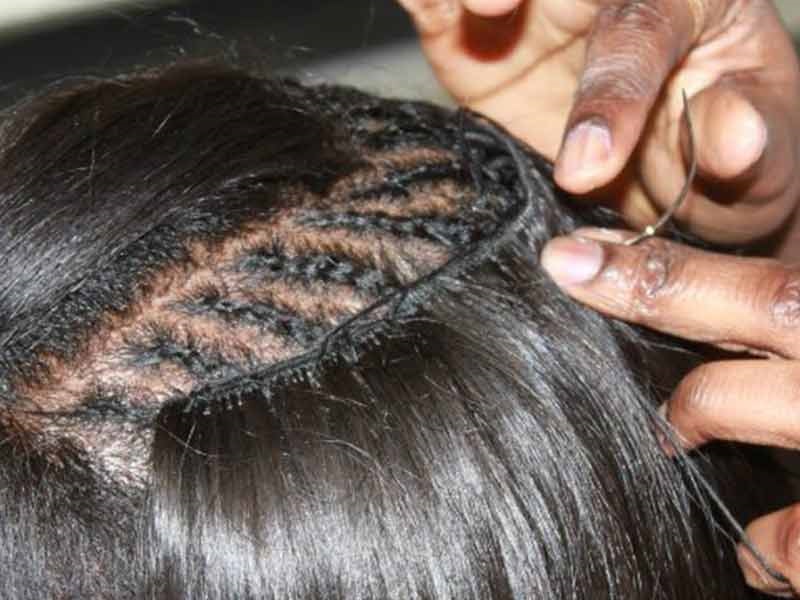
What is the most appropriate weave type for afro-hair?
There are various types of human hair weaves available on the market: Brazilian hair, Peruvian hair, Malaysian hair, Indian hair, etc.
Different hair types have different features:
- Brazilian hair is soft, thick, and durable.
- Peruvian hair is soft, lightweight, and fluffy.
- Malaysian hair is bouncy, shiny, and silky.
- Indian hair is soft, thick, and durable.
Both of the above hair types are popular among black women. But actually, it's difficult to tell their difference with the naked eye. Luckily black women can handle almost all types and all textures of hair. The only basic principle that you need to follow while choosing hair extensions for afro hair is to get cuticle-aligned human hair. For sew-in extensions, virgin hair or Remy hair is recommended. For differences between Remy hair and virgin hair, click and go through our previous post: Brazilian Virgin Hair Vs Brazilian Remy Hair.
Elfin Hair sources unprocessed human hair worldwide to ensure our hair extensions are always of high quality. Explore 100% human hair for sew-in at Elfin Hair online hair store. We provide high-quality human hair weaves in various textures, lengths, and colors to flatter Afro hair.
 47%
47%
OFF Sale-
$100.63
$191.19(693) (221)
 40%
40%
OFF Sale-
$60.48
$101.00(459) (373)
 40%
40%
OFF Sale-
$60.48
$101.00(458) (366)
 40%
40%
OFF Sale-
$165.05
$275.63(469) (320)
 40%
40%
OFF Sale-
$174.34
$291.15(1901) (837)
 40%
40%
OFF Sale-
$174.34
$291.15(2676) (289)
 40%
40%
OFF Sale-
$194.34
$324.54(1576) (793)
 40%
40%
OFF Sale-
$169.40
$282.90(1661) (589)
Pros and cons of sew-in hair
Pros:
- Protective style: With sew-in weaves, your natural hair is braided under the hair weave. Your natural hair is well protected from daily damage such as heat and harsh chemicals from styling products.
- Seamless and natural in appearance: Sew-in hair would look very seamless and undetectable if you choose high-quality human hair extensions and have them applied by a professional. It's difficult for someone to notice that you are wearing hair extensions even if they stare at your hair from a very close distance.
- Versatile in styling: Sewing human hair extensions allow you to experience various hairstyles you desire.
- Short hair available: Unlike I-tip hair extensions, they require your natural hair length to be longer than 4 inches. Sew-in hair extensions can also be applied to pixie cuts.
- No glue, no heat needed: Unlike tape-in hair extensions, quick weaves, or hot fusion hair, the application of sew-in hair requires no glue and no heat. This also means that the process of adding hair is safer than other extension methods.
- Low maintenance: Sew-in hair doesn't require so much extra maintenance and professional upkeep, you just need to treat it as you normally would on natural hair.
Cons:
- If your natural hair underneath is braided too tight, hair breakage and hair loss could result.
- If you sew too many hair extensions and put too much tension on your scalp, it could lead to damage.
- The application of sew-in hair requires several hours. A hair change isn't as simple as putting it on and walking away.
Who are not suitable for sewing extensions?
Sew-in hair extensions are suitable for all hair textures, no matter if you have short hair or a sensitive scalp. But if you fall into one of the categories below, sew-in hair might not be a wise choice for you.
- Since the hair extensions are sewn onto your braided natural hair, sew-in hair is not suitable for individuals with bald hair. Thus, if you have bald hair, sew-in hair is not a suitable way to add hair length. You can wear a wig as an alternative.
- Sew-in hair is not suitable for those who have damaged hair. Hair extensions will inevitably add tension to your scalp. If your natural hair is severely damaged, sew-in hair is not a wise choice for you.
How to sew in hair extensions?
Some items you need to prepare in advance:
Human hair bundles (2-3 bundles)
Thread and needle
Shampoo and conditioner;
A piece of soft towel;
A hairdryer;
A wide-tooth comb;
A rattail comb;
Elastic bands;
A weave cap;
A pair of sharp scissors.
Step 1: Prepare your natural hair
Use a wide-tooth comb to detangle your natural hair. Shampoo your natural hair with a mild sulfate shampoo. Make a deep condition to add moisture. Rinse your hair with lukewarm water and pat it dry with a soft towel. Dry your hair by letting it air dry or blow-drying on cold.
Your sew-in must be made on a clean and moisturizing base if you want it to last longer and prevent your scalp from getting an unbearable itchy and dry sensation.
Step 2: Braid your natural hair
Leave out the edges that circle your head and where you wish to make a part. Braid the leave-out sections to separate them. Create a mini U-shaped cornrow around the part section. Use a rattail comb to section the rest of the hair. Braid the hair into cornrows, straight back from the edge of the perimeter edges, across the crown toward the nape. Secure the ends with an elastic band. Repeat braiding row by row until you finish a full head. Stuff the ends of the braids into the gaps between the cornrows. Finally, sew down the ends of the cornrows with a threaded needle. Be noticed that make the cornrows flat but not too tight or it might lead to breakage.
Step 3: Sew in a weave cap
Spread a small amount of coconut oil into the braids and scalp to add moisture. Put on a weave cap. Be noticed that opt for a weave cap the same color as the hair weaves. Sew down the weave cap around the perimeter braid (Remember to expose the leave-out edges) and the U-shape braid. Use a pair of sharp scissors to cut off the excess weave cap.
Step 4: Sew in weave
Be noticed to opt for a thread that has the same color as your hair extensions to achieve a seamless result. Thread the needle. Start above the back of your nape and sew the first weave. Insert your needle underneath the cornrow and bring it up. Attach a piece of hair weave and sew down the weave into the braid. Cut the weave with scissors when you reach the end of the track. Continue to sew down the next track horizontally 0.5 inches above the bottom track. Repeat doing so until you finish sewing the last weave around the U shape edge on the crown.
Step 5: Undo your leave-out sections
Undo your leave-out section and make a part. Use a wide-tooth comb to blend the weaves and your natural hair. If necessary you can also use a flat iron to straighten the hair to achieve a more natural result. Be noticed that if you do need to apply heat to your hair, spray some heat protection in advance.
Step 6: Style your hair
Now the sew-in hair extensions process is finished and you can rock any hairstyle as you normally would on your natural hair. This sew-in technique allows you to pull all your hair up into a high ponytail or a top knot. A flawless and natural result is achieved.
Here is a video tutorial on sew-in hair:
How long can sew-in extensions last on Afro hair?
Sew-in hair extensions can typically last on one's head for 6-8 weeks with proper care. Since afro-textured hair is typically dryer and more fragile than other hair types, extra moisture caring may help to prolong its duration by up to 12 weeks. Never let the sew-in hair last on your head for more than 12 weeks, otherwise, an itchy scalp and hair loss could result.
How much do sew-in hair extensions cost?
The average cost of sew-in hair range from $100-$600, and varies depending on your area, the quality of the hair extensions, your stylist, etc.
How to take care of sew-in hair?
The upkeep of sew-in extensions is not difficult, but it is necessary. Here are some tips for your hair care routine:
Brush:
Detangle your hair with a wide-tooth comb at least twice a day to minimize tangles and reduce hair shed.
Wash:
- Opt for a mild sulfate-free shampoo and conditioner for your hair care routine.
- Before washing, detangle your hair with a wide-tooth comb to minimize tangles.
- Shampoo your hair once a week.
- After washing, rinse your hair thoroughly with lukewarm water to eliminate product buildup. Pat dry your hair with a soft towel.
- Apply hair conditioner to your hair and let it sit for a while. Rinse thoroughly with lukewarm water.
- Pat dry your hair with a soft towel and let it air dry. If you are in a hurry, blow it dry at the lowest heat setting.
- Apply a small amount of hair oil to add moisture.
Heat:
Avoid applying heat to your hair. If necessary, spray heat protection before you add heat to your hair.
Style:
Go for protective hairstyles that do not involve heat styling tools and harsh styling products, such as a ponytail, half up half down, top knot, buns, plait, etc.
Sleep:
- Detangle your hair with a wide-tooth comb before heading to bed.
- Pull your hair into a loose ponytail or a bun.
- Wrap your hair up with a satin scarf or place a piece of satin scarf on the pillow to reduce friction and avoid tangles.
Removal:
Do not let your hair extensions stay on your head for longer than 3 months. Itching and hair loss are signs you need to remove your hair extensions.
After removal:
- Undo your braided hair and comb from roots to tips to remove tangles with a wide-tooth comb.
- Give your Afro hair a deep clean with a mild sulfate-free shampoo. Massage your scalp gently with your fingers. Rinse out the shampoo thoroughly with lukewarm water. Towel dry your hair.
- Massage hair conditioner into your hair with your fingers. Put on a shower cap or a heating cap and let the conditioner sit for about 30 minutes.
- Detangle your hair with a comb or your fingers again. Rinse out the conditioner. Pat dry your hair with a soft towel. Let your natural hair air dry or blow it dry at the lowest heat setting.
- Detangle your hair again with a comb and trim the ends with a pair of sharp scissors.
- Keep your hair away from heat styling and products that include harsh chemicals.
- Give your natural hair a break for a few days.
- Avoid washing your hair too frequently, typically once a week is enough. If you often exercise or you often sweat a lot, add the times.
- Oiling your natural hair regularly with coconut oil, olive oil, avocado oil, etc, to add shine and seal the moisture.
- Sleep on a satin scarf to minimize friction and tangles.
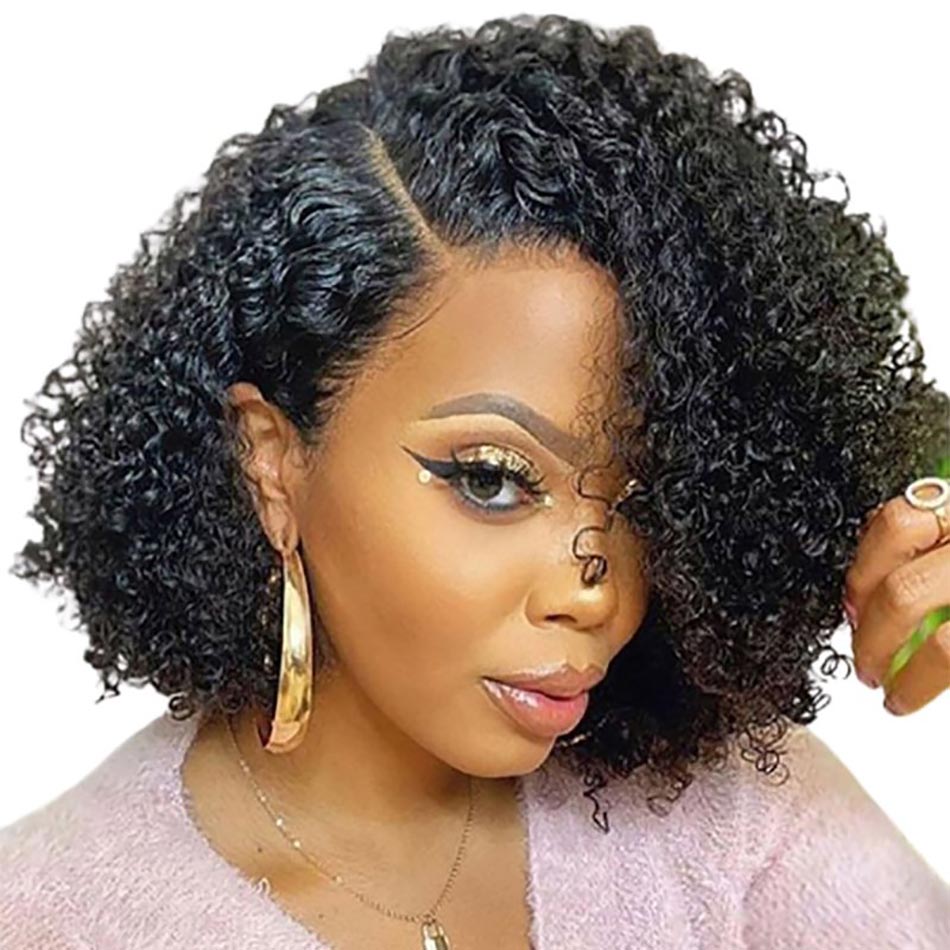
Conclusion:
Just like other extension methods (such as clip-in hair extensions, glue-in hair extensions, tape-in hair extensions, etc), sew-in extensions are a practical way to add length and volume. It allows you to switch hairstyles freely. Although Afro hair is prone to breakage, with proper maintenance, it can also hold sew-in weaves well. If you haven't tried sew-in hair before, give it a try to change your hairstyle without damage and without waiting for your hair to grow.
Related Posts:
Tutorial: Quick & Easy Jumbo Box Braids!
4C Hair guide: How to identify 4C hair & How to care for it?

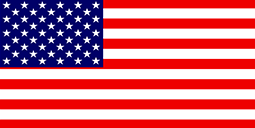 USD
USD EUR
EUR GBP
GBP CAD
CAD AUD
AUD













